Throwback Thursday: Top 5 Signs of New Physics
The Standard Model can’t be all there is. Here are five compelling reasons why.
“Other than the laws of physics, rules have never really worked out for me.” –Craig Ferguson
Two years ago, evidence was presented measuring a very rare decay rate — albeit not incredibly precisely — which point towards the Standard Model being it as far as new particles accessible to colliders (such as the LHC) go. With the confirmed discovery last year that the newly discovered, 126 GeV fundamental particle was, in fact, the long sought-after Higgs boson, we’ve now detected every particle predicted by the most successful particle physics theory of all time.
In other words, unless we get hit by a big physics surprise, the LHC will become renowned for having found the Higgs Boson and nothing else fundamental, meaning that there’s no window into what lies beyond the Standard Model via traditional experimental particle physics.
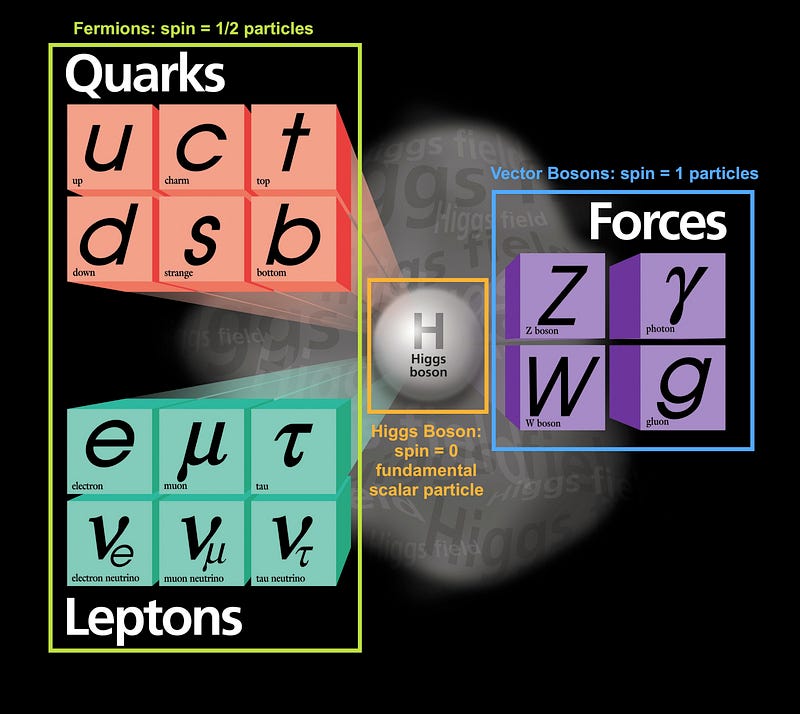
But that by no means is the same thing as saying “the Standard Model is all there is.” Quite to the contrary, there are a large number of observations that tell us quite clearly that there’s very likely more to the Universe than just the quarks, leptons, and bosons of the Standard Model. While experiments are telling us that low-energy supersymmetry and extra dimensions probably don’t exist (and the LHC will either turn them up or even further constrain them towards the point of irrelevance), there are plenty of pieces of evidence that there is more to existence than these Standard Model particles, antiparticles and their interactions alone.
What else is out there? Let’s take a look at the Top 5 clues to physics beyond the Standard Model!
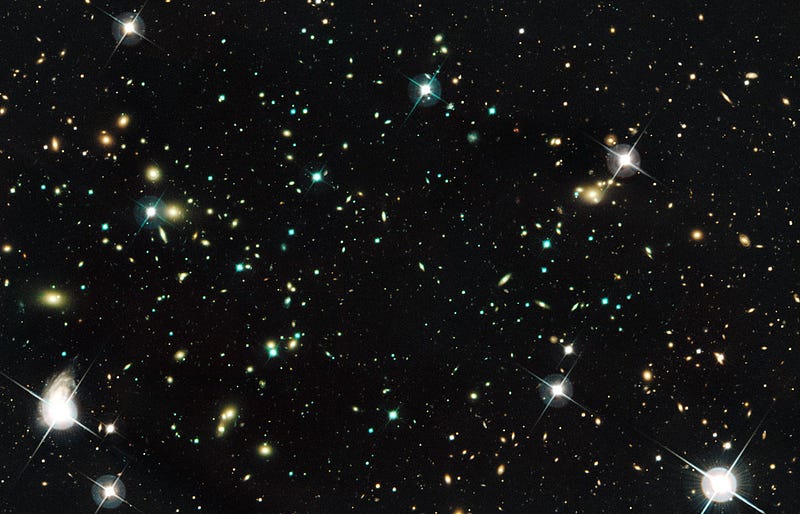
1.) Dark matter. From structure formation to colliding galaxy clusters, from gravitational lensing to Big Bang nucleosynthesis, from baryon acoustic oscillations to the pattern of anisotropies in the cosmic microwave background, it’s clear that normal matter — the stuff made out of standard model particles — is only about 15% of the total mass in the Universe. The rest of it simply doesn’t have those strong or electromagnetic interactions, and neutrinos are of insufficient mass to account for more than about 1% of the missing stuff. But yet, when we look at the effects of gravitation on the Universe, there’s some type of matter that doesn’t interact with light the way all the charged-and-neutral particles of the Standard Model do.
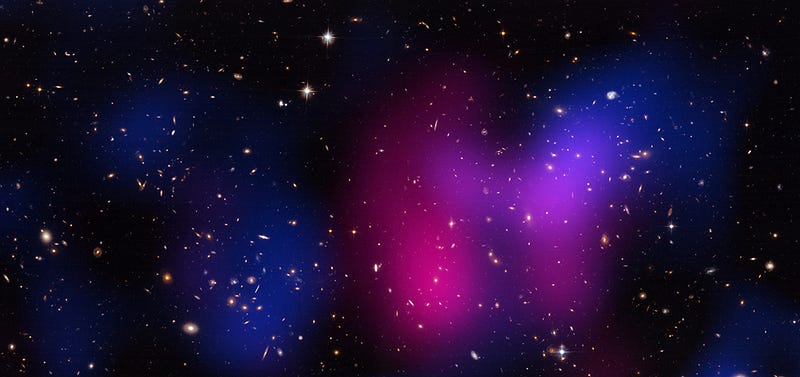
If dark matter is a particle — and the way it appears to clump and cluster strongly suggests that it is — it must be a particle beyond the standard model. Just what its properties turn out to be are currently an open question in physics, and though many candidates have emerged, none of them are particularly more compelling than any other. There’s probably at least one new particle out there to account for this that can’t be in the Standard Model, but we haven’t directly detected it yet.
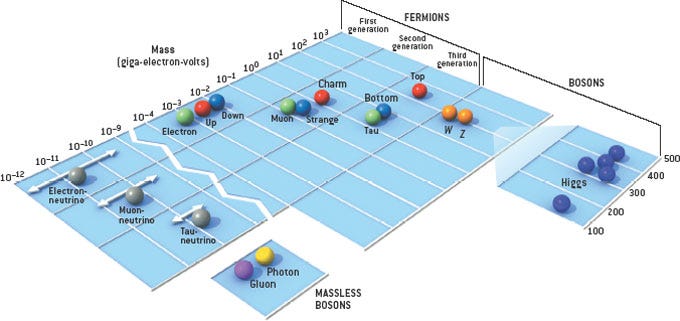
2.) Massive neutrinos. According to the Standard Model, particles can either be massless — like the photon and gluon — or could have a mass determined by their coupling to the Higgs field. There’s a range of what these couplings are, and so we get particles as light as the electron — at just 0.05% of a GeV (where 0.938 GeV is the mass of a proton) — and as heavy as the top quark, which tips the mass scales at around 170-175 GeV. But then there’s the neutrino.
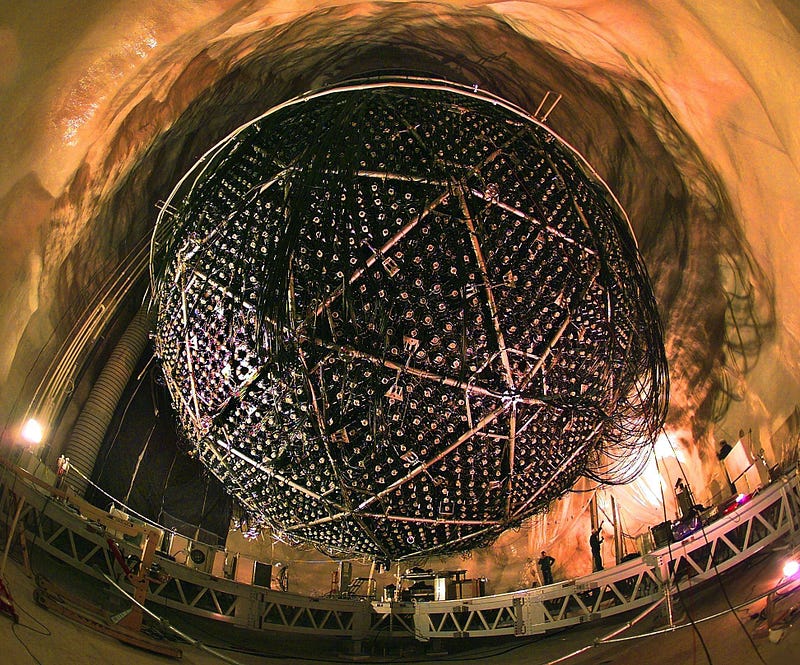
During the last decade, when neutrino masses were constrained for the first time (via neutrino oscillations), it surprised many that they were found to be very low in mass, but to have definitively non-zero masses. Why is that? The general way of explaining this — the see-saw mechanism — typically involves additional, very heavy particles (like, maybe a billion or a trillion times more massive than the Standard Model particles) that are extensions to the Standard Model; without a new particle, their tiny, tiny masses (just a billionth of an electron’s mass) are completely unexplained. Whether see-saw-type particles exist or there’s some other explanation, these massive neutrinos are almost definitely, in some way, indicative of new physics beyond the Standard Model.
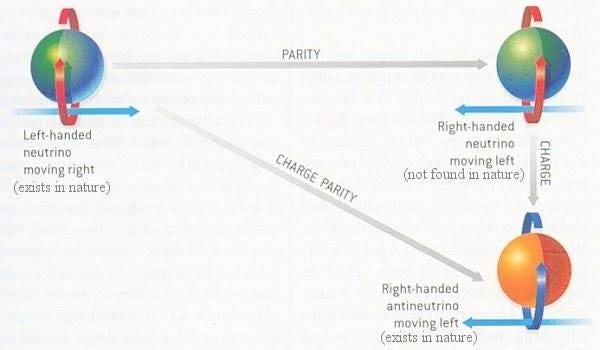
3.) The Strong CP problem. If you switched all the particles involved in an interaction with their antiparticles, you might expect the laws of physics to be the same: that’s known as Charge Conjugation, or C-symmetry. If you reflected particles in a mirror, you’d probably expect the mirrored particles to behave the same way as their reflections: that’s known as Parity, or P-symmetry. There are examples of where one of these symmetries is violated in nature, and in the Weak interactions (the ones mediated by the W-and-Z bosons), there’s nothing forbidding C and P from being violated together.
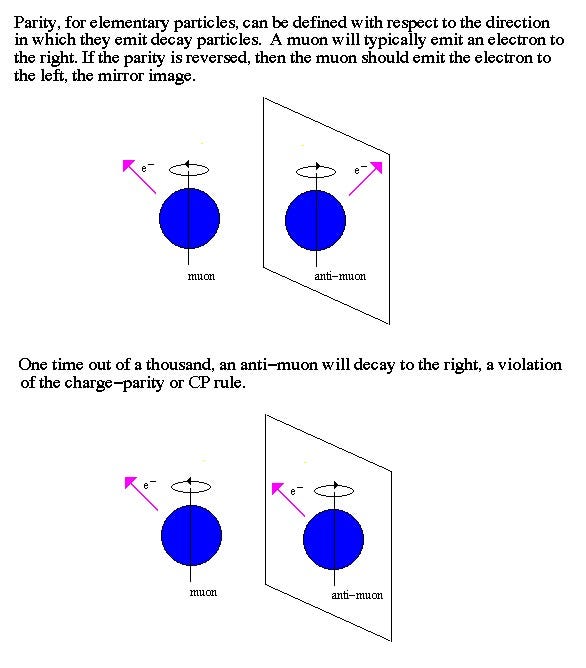
In fact, this CP-violation does occur for the weak interactions (and has been measured in multiple experiments), and is very important for a number of theoretical reasons. Well, along the same vein, there’s nothing in the Standard Model forbidding CP-violation from occurring in the strong interactions. But there isn’t any observed, to less than 0.0000001% of the anticipated (weak-scale) value!
Why not? Well, pretty much any physical explanation (as opposed to the non-explanation, “that’s just the funny way it is”) results in the existence of a new particle beyond the Standard Model, which may also be a good candidate for solving problem #1: the dark matter problem! But however you slice it, the Standard Model doesn’t explain the observed lack of strong CP-violation; we’d need new physics to account for it.
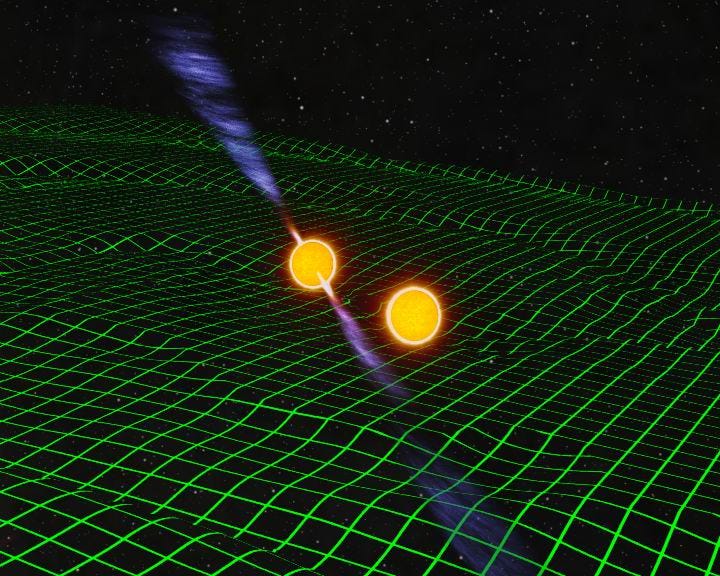
4.) Quantum Gravity. The Standard Model makes no effort nor any claims to incorporate the gravitational force/interaction into it. But our current best theory of gravity — General Relativity — makes no sense at extremely large gravitational field or extremely small distances; the singularities it gives us are indicative of physics breaking down. In order to explain what goes on there, it will require a more complete, or quantum, theory of gravity. You might’ve thought, “well, the other three forces are quantized, but maybe gravity doesn’t have to be,” and that would’ve been a reasonable assumption, except for one thing.
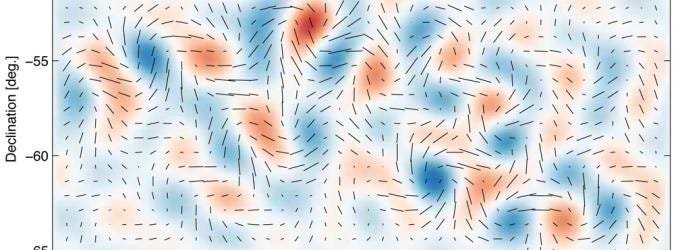
The recently released BICEP2 results — assuming the B-mode polarization it detected did, in fact, come from inflation — could not have been generated by primordial gravitational waves unless gravity was a quantum theory! (If you want to have quantum fluctuations stretched across the Universe, your field — in this case, gravitational — needs to be a quantum one.)
Now, we do not know how to make a working theory of quantum gravity. String theory is a possibility (and maybe the only viable game in town), but one thing all possibilities have in common is the existence of a new particle: a massless, spin-2 graviton. This may be the most elusive and the most fundamental of predictions beyond the Standard Model, but there’s one inescapable prediction: there’s at least one (and possibly more) new particle out there if gravity can, in fact, be quantized.
And finally…
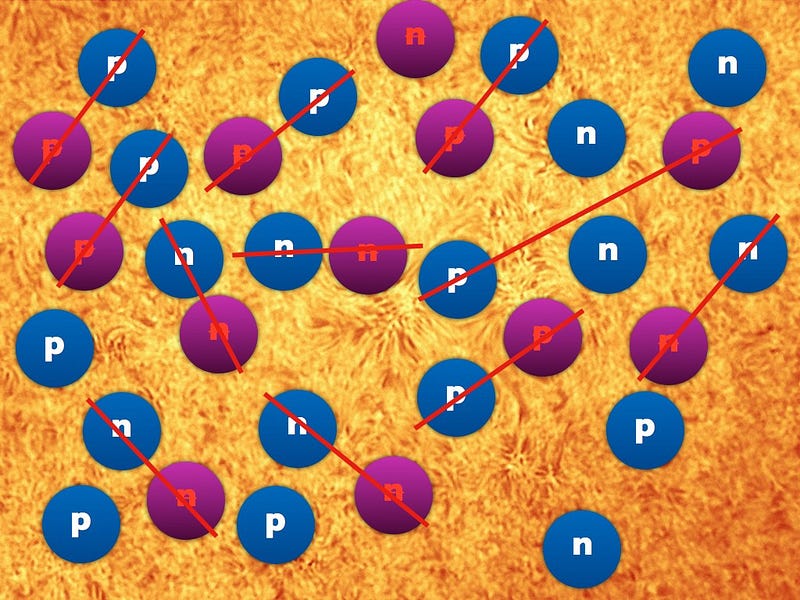
5.) Baryogenesis. There’s more matter than antimatter in the Universe, and while there’s a lot we can say about why and how, we’re not sure exactly what pathway the Universe took to wind up in this configuration. There aren’t necessarily any new particles that must exist to explain the matter-antimatter asymmetry, but of the four most common ways to produce it (GUT, Electroweak, Leptogenesis, and Affleck-Dine), only one (Electroweak baryogenesis) doesn’t necessarily involve the existence of new, beyond-the-Standard-Model particles.
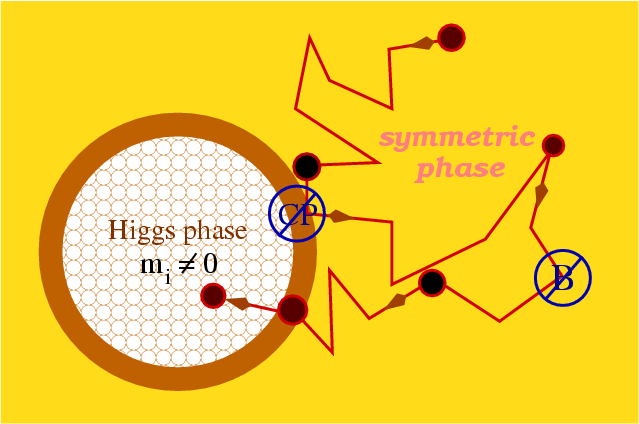
Although even that way would need to involve new physics; physics that isn’t a part of the Standard Model.
Now, it’s possible that many of these problems are related, and that there could even be just one or two new particles and/or pieces of physics that account for the solution to all of them. But it’s also conceivable that not only are there new particles and/or new physics for each of these problems separately, but that there new avenues of physics will open up even more physics beyond the standard model. Some possibilities include that there’s a particle (or more than one) possibly associated with dark energy, there may be magnetic monopoles, grand unification, preons (smaller particles making up quarks and leptons), and the door is still open for particles from either extra dimensions or supersymmetry.
But there could be something even simpler. Consider, if you will, the simple atom, made up of protons, neutrons and electrons.
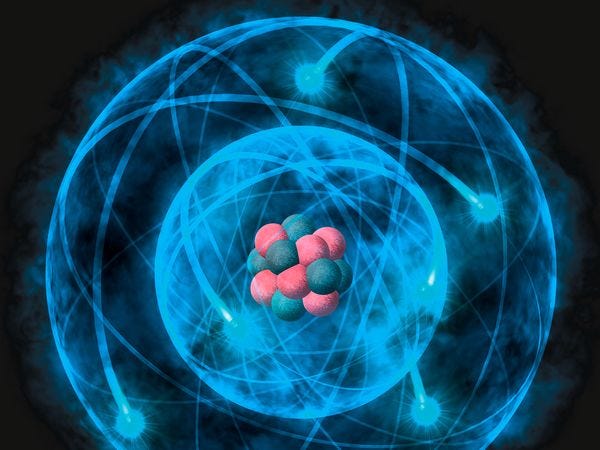
The electron is a completely stable particle. While a free neutron will decay, a free proton is assumed to be completely stable. But it isn’t necessarily completely stable. Through giant experiments involving astronomical numbers of atoms, we’ve determined that a proton’s lifetime is greater than at least 10^35 years, which is amazing.
But that’s not infinite. If a proton does eventually decay, and have a half-life that is anything less than infinity, that means there are new particles beyond the Standard Model. And while the 83rd element in the periodic table was once thought to be stable…
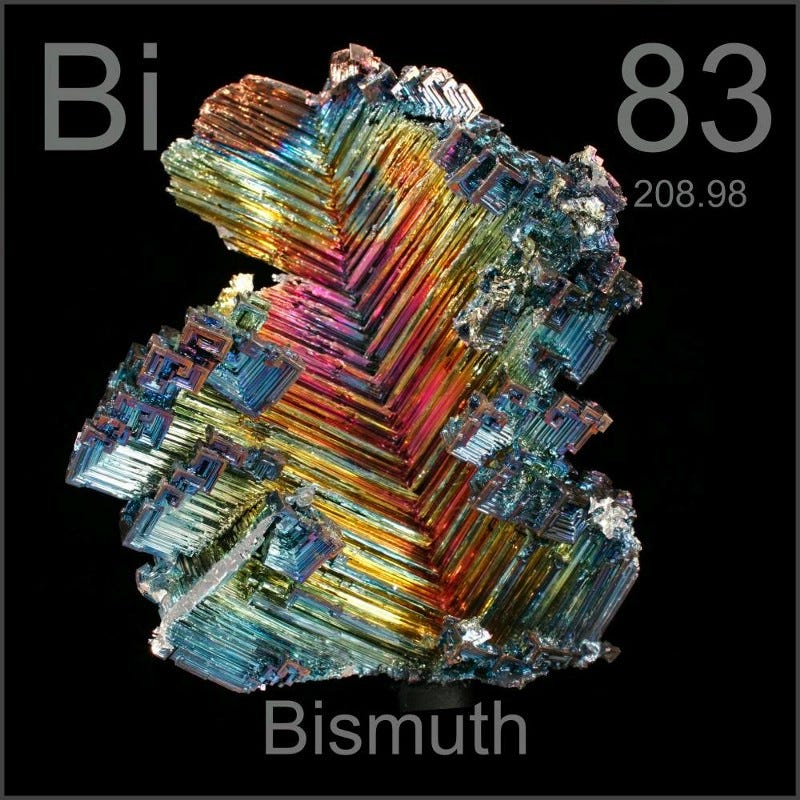
we now (as of 2003) know it will decay with a half-life of ~10^19 years. But on even longer timescales, perhaps lead, iron, or even a single proton will decay, too! All of these measurements could point the way to new particles.
But even if the new particles that must exist to support these observations are inaccessible to particle colliders (like the LHC), there are still interesting new discoveries that await us at high energies within the Standard Model!

Exotic matter states — like tetraquarks and pentaquarks — are predicted to exist by the Standard Model, and yet they’re only (and even at that, only possibly) beginning to be discovered now. And there’s one Standard Model prediction — a consequence of the strong force and QCD — that also ought to exist, and may be discoverable by the LHC.
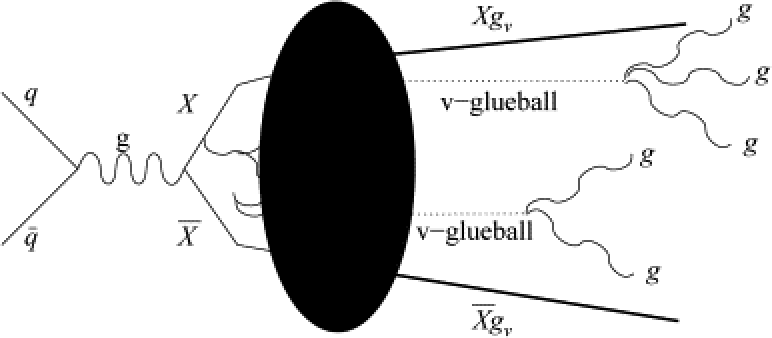
Even if there’s nothing beyond the Standard Model, one fun prediction is the existence of glueballs, or bound states of gluons. They ought to be found in upcoming particle collider experiments. If they don’t exist, or fail to show up where they ought to, that’s a big problem for quantum chromodynamics, or the theory of the strong interactions that’s part of the Standard Model. And — if you take nothing else away from this article, I hope you take away this — if our best theories can’t explain either the existence or absence of a phenomenon, that’s a good indication that there’s more to the Universe than our best theories dictate!
So keep an eye out for this one: no glueballs = something else is wrong with the Standard Model! And that’s where we are right now. Even if there’s no supersymmetry and no extra dimensions, we’ve still got a lot more to discover, and we have at least five compelling observational facts that tell us the Standard Model isn’t all there is to the Universe. Keep your eyes and ears open, and let’s all keep looking together!
Weigh in and have your say at the Starts With A Bang forum on Scienceblogs!





